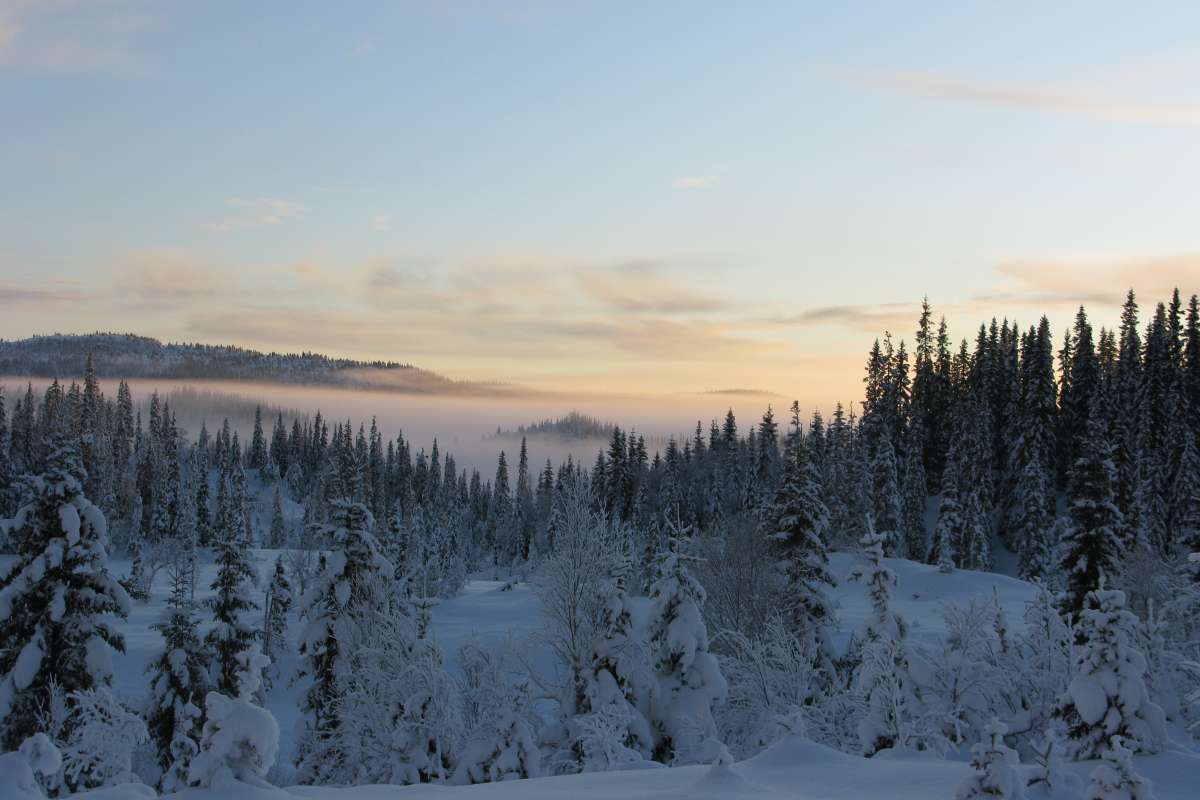Division of Forest and Forest Resources
The human IMPRINT on land-atmosphere exchange in high latitudes
End: jun 2023
Start: jul 2019
Human activity simultaneously impacts on the composition of and the interactions between atmosphere, hydrosphere and biosphere. Anthropogenic greenhouse gas emissions are the main driver of changes in moisture supplied to and energy available at the land surface. At the same time, land use and land management modify biochemical and biophysical vegetation properties that govern energy and water fluxes between the land surface and the atmosphere.
Project participants
Rasmus Astrup Ingjerd Haddeland Tuomo Saloranta Shaochun Huang Irene Brox Nilsen Ryan Bright| Status | Active |
| Start - end date | 01.07.2019 - 30.06.2023 |
| Project manager | Stephanie Eisner |
| Division | Division of Forest and Forest Resources |
| Department | Forest and Climate |
| Total budget | 10000000 |
In Norway large scale transitions in forest structure are the most widespread land management impact and IMPRINT will investigate how forest management has effected land surface energy and water fluxes over the past ~60 years. This has so far not been quantified. To this end, process-based and empirically-based modelling approaches will be jointly developed and/or refined and benchmarked against remote sensing and ground observations. The project will further develop coherent climate and forest management scenarios in order to provide projections of land-atmosphere fluxes throughout the 21st century under time evolving anthropogenic forcing.
IMPRINT will provide an advance over previous (coarse-scale) approaches to quantify these effects in several aspects: (1) the land use scenarios build on national data sources, i.e. statistics, forest inventory information, and vegetation surveys, thus better reflecting the specific cultural history of land utilization in Norway which will shape future land management practices; (2) the simulations are carried out at fine spatial resolution (1 km), thus accounting to a greater extent for spatial heterogeneity in biotic and abiotic factors governing energy and water fluxes; and (3) process descriptions are benchmarked and/or refined aided by local ground observations and remote sensing to test and ensure their specific applicability in the study domain.


